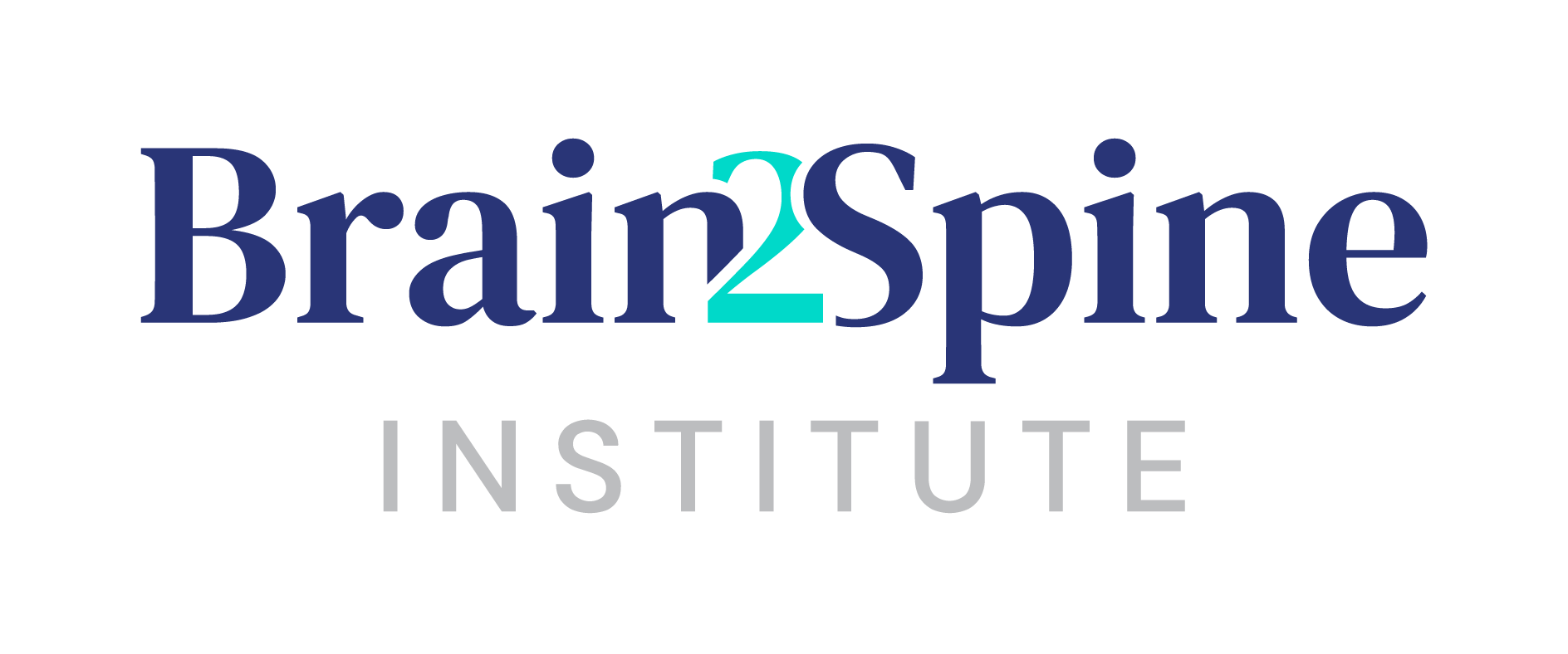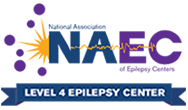Spinal stenosis is the narrowing of the spaces in between the vertebrae. This puts pressure on nearby nerves, causing pain and radiculopathy. Spinal stenosis is usually caused by age-related degeneration and often occurs in individuals with osteoarthritis. It can also result from a herniated disc, spinal injuries, or tumors.
Spinal stenosis usually occurs in certain areas of the spine. The type of stenosis present is characterized by the area of the spine. It is possible to have more than one type. The two most common are cervical stenosis (narrowing occurs in the neck) and lumbar stenosis (narrowing occurs in the lower back).
Symptoms
Based on the area of the stenosis, people may experience slightly different symptoms.
Symptoms of Cervical Stenosis:
- Numbness or tingling in the limbs
- Weakness in the limbs
- Walking and balance problems
- Neck pain
- Bladder or bowel dysfunction (urinary urgency or incontinence)
Symptoms of Lumbar Stenosis:
- Numbness or tingling in legs or feet
- Weakness in legs or feet
- Pain in legs when standing for long periods or during walking that is relieved when sitting or bending forward
- Back pain
Diagnosis
Your doctor will ask you a variety of questions to obtain a complete family and personal medical history. They will likely order several imaging tests to visualise the spine and rule out other conditions. This may include an X-Ray, MRI, or CT or CT myelogram.
Treatment
Treatment depends on the location, cause, and severity of the spinal stenosis.
Medication
If your condition is mild, medications can help. Pain medication such as ibuprofen, acetaminophen, or naproxen can help manage the discomfort. Tricyclic antidepressants taken at night can help ease chronic pain. Anti-seizure drugs can help reduce pain caused by damaged nerves.
Physical Therapy
People with spinal stenosis also benefit from consistent physical activity. By strengthening the muscles, pain is reduced. Physical therapy is recommended to build strength and endurance as well as flexibility and stability in the spine.
Surgery
If you have lumbar stenosis due to thickened ligaments, you may qualify for a minimally-invasive procedure called percutaneous image-guided lumbar decompression (PILD). This procedure is not performed under general anesthesia and does not carry the risks associated with major surgery. Needle-like instruments remove parts of the thickened ligaments in the spinal column to increase the width of the spinal canal and relieve pressure on nerves.
Different types of surgery can address the other causes of spinal stenosis. Examples include laminectomy, laminotomy, laminoplasty, and minimally-invasive approaches.
For a comprehensive evaluation from the experts at Brain2Spine Institute, call 727-828-8400.






